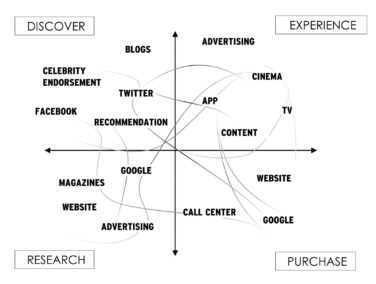When Google announced the Page Experience Algorithm (aka Core Web Vitals) last spring, they gave us a year to prepare. Now that deadline is fast approaching with Google only recently pushing back the rollout to mid-June 2021, and many healthcare sites are not ready. In fact, an informal review of the top pharmaceutical brand websites found nearly all of them failed the Core Web Vitals test. Preparing for the Core Web Vitals update requires both development teams and SEO specialists to work together for a common outcome.
What Is Core Web Vitals?
Core Web Vitals focuses on user experience. This Google algorithm update measures three metrics, namely how quickly page content loads (known as largest contentful paint), how quickly a browser loading a webpage can respond to user inputs (known as first input delay), and how unstable the content is as it loads in the browser (known as cumulative layout shift). A page must achieve very specific scores and all three of the Core Web Vitals must be met to be considered passing.
In addition, Google looks at four other factors: 1) whether the page is mobile friendly; 2) if the URLs are digitally encrypted (using HTTPS); 3) whether the page provides a safe browsing experience without any malware, spyware, or malicious scripts; and 4) that the site does not use intrusive interstitials. At this point in development of websites, these should be considered mandatory practices.
Do Not Panic
The good news is that no one should panic that they will experience a huge ranking drop upon rollout. Google has stated that they will continue to prioritize pages with the best content overall, even if some aspects of the page experience are subpar. This does not mean that it is better to do nothing. For some time, Google has emphasized that sites that load faster are more likely to have a lower bounce rate and a higher conversion rate. Google wants more of those type of sites to be easily found in search results. Google found that as page load time goes from one second to 10 seconds, the probability of a mobile site visitor bouncing increases 123%.
Additionally, as the number of elements—text, titles, images—on a page goes from 400 to 6,000, the probability of conversion drops 95%.1 While at the beginning nothing may change, over time your competitor sites will start to adopt more and more of the Core Web Vitals recommendations and will move ahead of your site in the search rankings. If you do nothing, your site is more likely to be left behind in the quest for speed.
Why Does This Matter?
The performance of your website is important—not just to get more traffic from your SEO efforts, but across all channels. As more web traffic goes mobile, users are going to be less tolerant of a poorly performing website and will likely jump to competitor sites that perform better, no matter what vertical. On the paid search side, the search engines will probably look at these factors as well when determining quality score and therefore cost per click. Audiences from social sites will have similar expectations as well.
What should you do if your site is not ready? Work with your development team to prioritize Core Web Vitals updates. Google provides several tools, such as Google Search Console and the Page Speed Insights tool, that show what fixes need to be made. Many of them are technical in nature and require some developer expertise, so it is important to work with your development team to implement these changes. This update provides some common ground because both developers and SEO professionals want the website to perform at the top of its game. If all else fails, I hear that developers love cupcakes.
References:
1. Google/SOASTA Research 2017.










